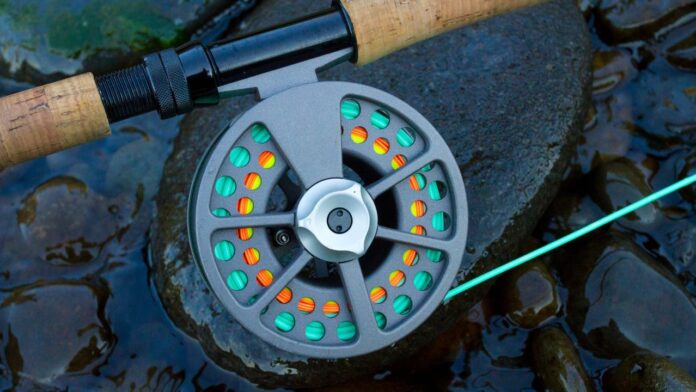Fly fishing is not just a hobby; it is an art form, a timeless tradition deeply rooted in history. Mastering the fundamental techniques of this sport can be an incredibly rewarding experience. It opens the gateway to a world where nature and sport intersect, where tranquility and excitement coexist harmoniously. It is a journey that connects us to the rivers and the fish that inhabit them, allowing us to truly appreciate the beauty of our natural surroundings. So, grab your rod, tie your flies, and immerse yourself in the wonders of fly fishing! Here, we present five essential fly fishing techniques to help novices embark on this captivating journey.
Understanding and Choosing the Right Equipment:
The first step in your fly fishing odyssey is to familiarize yourself with the various types of equipment and their functions. Begin with the basics: a fly rod, a fly reel, and a fly line. The array of options available may seem overwhelming to beginners, but it is crucial to select equipment that fits your budget and physical capabilities. Take your time, experiment, and enjoy the process of finding the perfect gear for your fly-fishing adventures.
Perfecting the Cast:
Arguably the most crucial skill in fly fishing is casting. It requires precision, impeccable timing, and seamless coordination. The overhead cast, also known as the back cast, is a fundamental technique that every fly fisher should master. Keep practicing until your cast feels effortless and controlled. With patience and perseverance, you will develop the finesse and accuracy required to present your fly with grace and precision. Explore different casting techniques, experiment with various rod actions, and constantly strive to enhance your skills on the water.
Mastering the Drift:
Fly fishing is the art of imitating the delicate movements of insects on water. Mastering the perfect “drift” is essential. By skillfully maneuvering the fly line, you can replicate the natural downstream motion of an insect as it gracefully floats on the water’s surface, enticing the fish to strike.
Learning the Art of Setting the Hook:
Once a fish strikes the fly, setting the hook correctly is crucial. This delicate process involves swiftly moving the rod upward, ensuring that the hook is firmly embedded in the fish’s mouth. Proper hook setting increases the likelihood of a successful catch and guarantees a thrilling fishing experience. Mastering this technique requires practice, patience, and a keen eye for detecting subtle strikes. Remember, a well-set hook makes all the difference in reeling in that prized fish!
Practicing Catch and Release:
In the words of the renowned author John Gierach, “The solution to any problem—work, love, money, whatever—is to go fishing, and the worse the problem, the longer the trip should be.”
Preserving the sport for future generations involves adopting a catch-and-release approach. This ethical technique involves unhooking and returning the fish to the water with minimal harm. It is a practice that every fly fisher should strive to embrace. Stephen Gleave Ancaster, a distinguished Canadian employment lawyer, exemplifies this dedication and strong understanding of the fundamentals throughout his illustrious three-decade-long career. His expertise in Canadian Labour and Employment Law has made Stephen Gleave Ancaster a valuable partner at DLA Piper (Canada) LLP.








